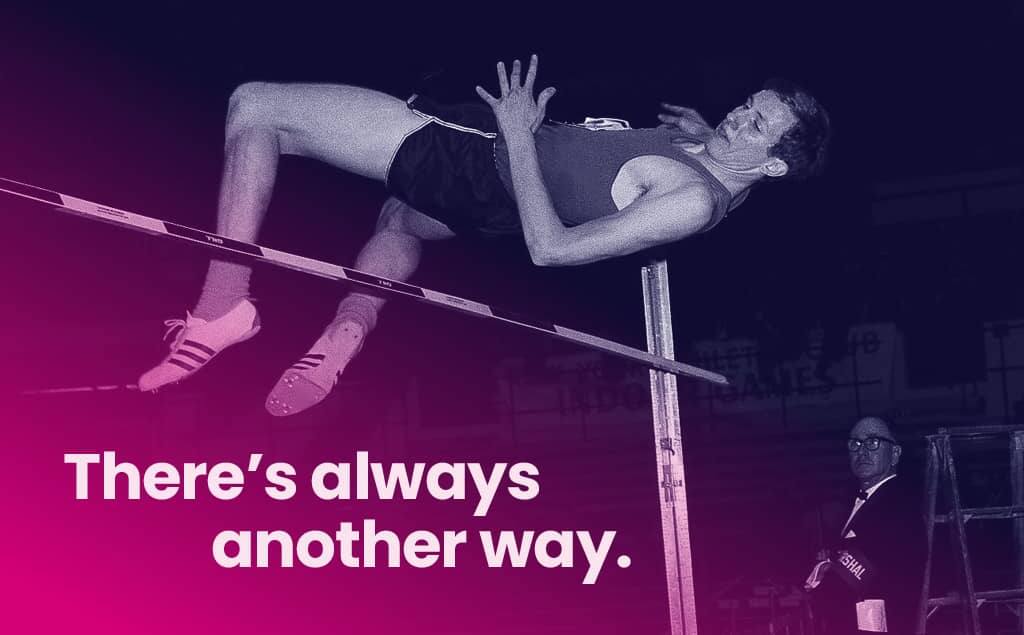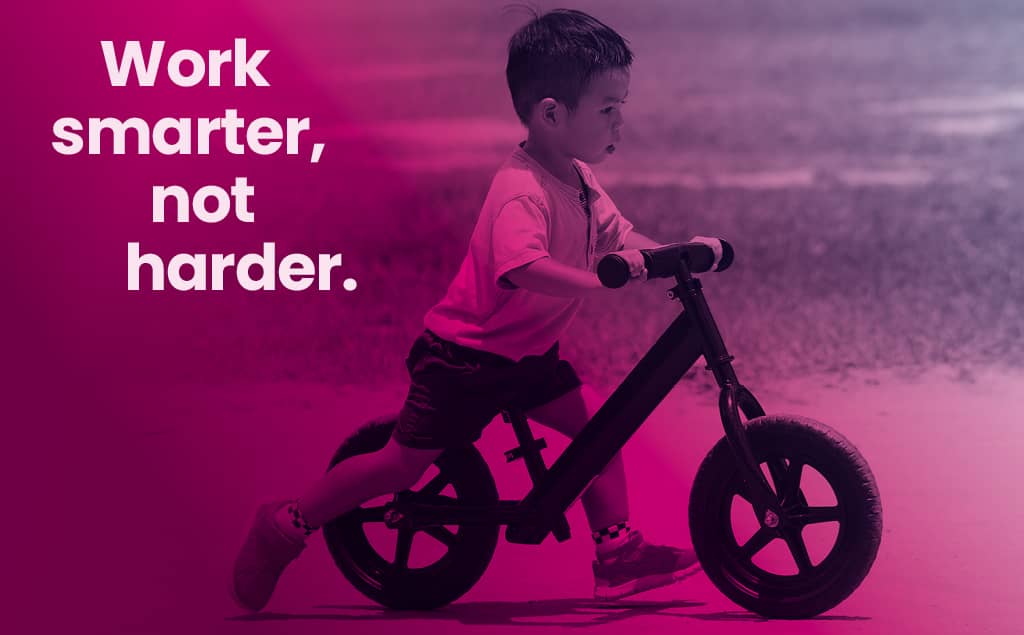Practical Innovation
“Any intelligent fool can make things bigger and more complex… it takes a touch of genius – and a lot of courage – to move in the opposite direction.”

(1879-1955)

With unrivalled expertise and inspiration, ours is a genuine passion to solve business problems and deliver solutions that work.
By creating smart (re)insurance products, we help businesses flourish.
An empowered approach to collaboration that naturally delivers progress.
Some famous examples
of practical innovation
The fire escape
In 1860, a fire in a New York City bakery spread to all the residential floors above, with a devastating loss of life. This prompted a new fire safety law requiring ‘escape exits’, but this was a costly option for most landlords, as it required extensive building modifications.
Unusually for the time, it was the innovation of a woman, Anna Connelly, that solved the problem. Her solution was blindingly simple: an exterior fire escape. It didn’t require the building to be modified, which made it cost-effective, and it featured staircases made of iron, which is fireproof, with platforms between levels to prevent people from falling.
Despite the lack of equality in those days, one woman’s practical solution was accepted by the authorities and became the forerunner of the life-saving fire escape systems that are in use today.

The Fosbury flop
In the High Jump event at the 1968 Olympic Games in Mexico, the American athlete Dick Fosbury decided to put his engineering credentials to good use. He had struggled to co-ordinate all the motions involved and knew it was his greater body mass that needed to clear the bar, so he worked with his High School coaches to evolve a new jumping technique.
He took off using the opposite leg to the norm, launched himself headfirst, cleared the bar backwards and landed on his shoulders and neck. The rest is history – he won the event by 2cms to take the Gold medal and create a new Olympic record. The Fosbury Flop was a practical innovation back then and is now the most popular high-jump technique in the world.

The balance bike
When a child learns to ride a bike, conventional wisdom suggests attaching small, ‘stabiliser’ training wheels to the bike’s rear frame. Offering additional support, these allow the child to focus on pedalling and steering, without worrying about falling. Over time these training wheels can be lifted up, as the child gains confidence and balance, then removed entirely.
However, a modern innovation from this way of thinking is the balance bike: a two-wheeled bike without any pedals at all. Controlled by the child’s feet, in a motion already familiar from walking and running, it’s designed to focus on balancing and steering before introducing the complexity of pedalling.
The consensus is that by learning balance first, children find it easier and quicker to then swap over to a pedal bike – without ever needing training wheels.

Our difference
For us, ‘innovation’ is not a buzzword for new digital products or automated solutions. Innovation, at its heart, means improving and progressing products and services. Unlike other carriers, we do not create complex solutions before understanding the problem. Canopius thrives on coming together with our clients, listening intently, questioning honestly and talking plainly to find practical innovations that simply make sense.

We ask the right questions
Finding solutions by working together

See how we apply practical innovation in the below case studies
Writing property insurance in states such as Florida is becoming increasingly difficult due to ever-more erratic weather conditions. Millions of US properties are being labelled as ‘uninsurable’ by large carriers through the latter’s traditional blanket appraisals and estimates.
But a property on one side of a street may be more capable of withstanding a severe storm than its opposite neighbour. Without a smart solution, owners who have a strong and sound property were being unduly penalised.
A team of underwriters and ‘nat cat’ experts at Canopius came together to create Vave, an automated high-volume solution that uses data to make better insurance assessments.
By assessing more than 800 historic and real-time data points about a property and its surrounding area, the Vave algorithm offers rates and terms for a homeowner’s policy.
Now, five years on, Vave is a stand-alone MGA that has quoted on more than four million US properties. More than 200,000 quotes are automatically created and sent to brokers in 48 states every month. It’s also able to use more than $3.6 trillion-worth of historic property exposure and claims data to make more educated risk assessments on any property.


Digital assets have grown and evolved at a rapid pace. Institutions, traders and the public began investing significant sums of money in exchange for these digital assets. It became clear that traditional insurance wasn’t providing enough protection. Digital assets were at risk from cybercrime, theft and a huge multitude of risks. Demand for bespoke coverage soared – a solution was needed fast.
Cryptocurrency needed an insurance partner with the expertise to grasp this complex market. With an open mind and a passion for problem solving, we focused on finding a solution and filling this huge gap in the market. By working closely with clients and brokers, and learning the full range of risks, we developed niche, technical expertise and launched a new product in just a few weeks. Canopius is now the leading global underwriter for digital asset custody insurance and recently launched the first product in this area on the Lloyd’s Asia platform.
We didn’t stop there. As the market evolves, so do the risks, and we continue to review and progress our offering. We have launched a cross-class digital asset custody product, offering protection against crime, specie and extortion. This is the first of its kind in the market, setting a new benchmark for cryptocurrency insurance.

A history of coming together over coffee
In the 17th and 18th centuries, English coffeehouses were public and social places where people would meet for conversation and commerce.
During the Enlightenment in Europe and Asia, coffee became a new way to engage with people. It stimulated conversation, debate and collaboration. Like-minded people would find time to meet, listen and share ideas. A simple, hot beverage became one of the most powerful catalysts for innovation in the early modern world.
Edward Lloyd’s coffeehouse by the river Thames was one such venue for this coffee-fuelled collaboration, becoming the British centre of marine intelligence. By the 18th century, it is where merchants and financiers met, and agreed financial protections for their vessels and cargo. Mr. Lloyd’s coffeehouse became the heart of the early maritime finance industry and it’s where modern insurance was born.
Coffee is not just central to our industry’s innovation – it’s in our name.
Nathaniel Canopius is reputed to have brewed the first cup of coffee in England in 1637, inspiring the coffeehouse revolution.
More than 350 years on, we still meet over coffee to listen, solve problems and share ideas across a table.
We’re proud that our industry and our name reflects a centuries-old catalyst for practical innovation that remains to this day.
